
Below you will find a collection of fact sheets, content essays, and stories from our explorers on board expeditions to the Arctic featured on the OceanExplorer.NOAA.gov website as well as links to other NOAA websites related to studying the Arctic environment.
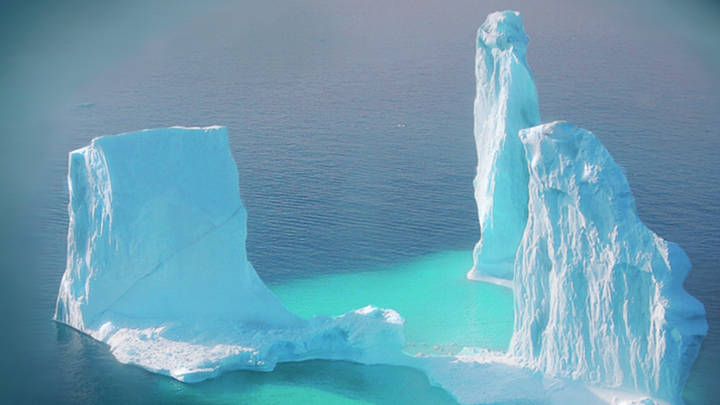
The Arctic marine ecosystem and the communities that depend upon it continue to experience unprecedented changes as a result of warming air temperatures, declining sea ice, and warming waters. Arctic Report Card 2019 draws particular attention to the Bering Sea region, where declining winter sea ice exemplifies the potential for sudden and extreme change. Indigenous Elders from the Bering Sea region offer their experiences of living at the forefront of climate change.
Read more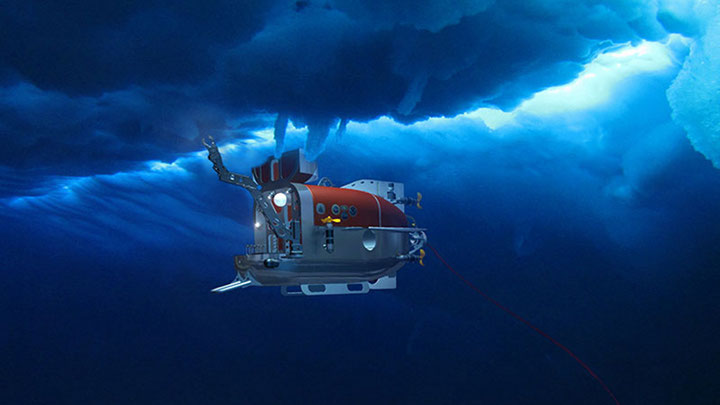
A team of oceanographers explore in detail for the first time a hydrothermal vent field in the Arctic Ocean. See and learn what they found here.
Read more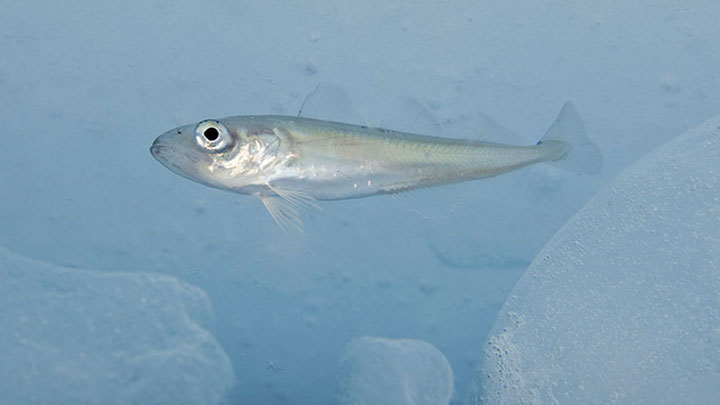
From the Hidden Ocean 2016: Chukchi Borderlands expedition. Fishes in the Arctic Ocean, as in most other ocean regions of the world, are an important part of the ecosystem. Some species live within the water column while others live close to the seafloor, and they are important predators on plankton and bottom-dwelling animals (benthos).
Read more
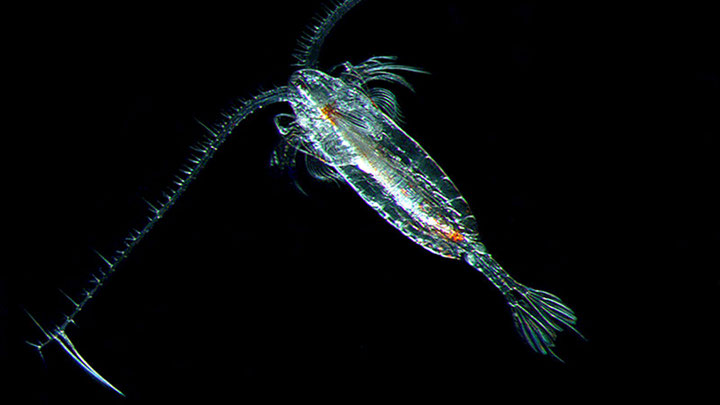
From the Hidden Ocean 2016: Chukchi Borderlands expedition. We believe there remains considerable diversity within the Arctic’s soft-bodied zooplankton, much of it still to be discovered if the right tools are employed.
Read more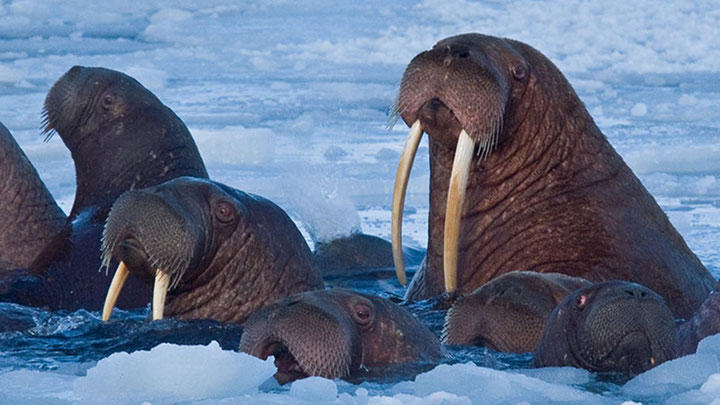
From the Hidden Ocean 2016: Chukchi Borderlands expedition. Marine mammals includes whales that live exclusively in water; seals and walrus, also known as “pinnipeds,” that dive for their food and spend long bouts in the water but who haul out on sea ice or land to rest, molt, and give birth; and polar bears, who are excellent swimmers but are much more adapted to hunting from, and traversing over, sea ice.
Read more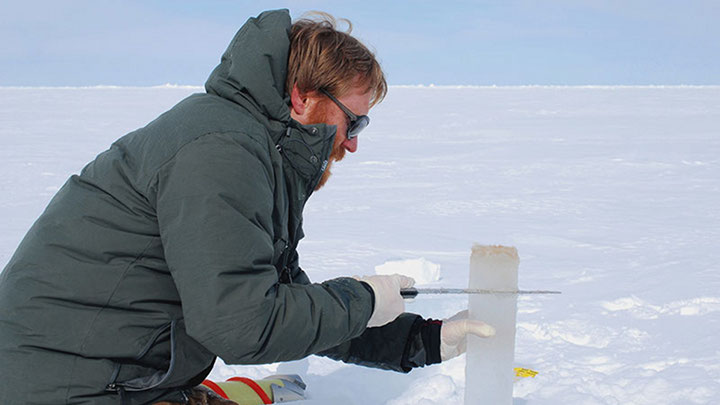
From the Hidden Ocean 2016: Chukchi Borderlands expedition. Ice algae are perhaps the most well-known ice-associated microbes, but the rest of the microbial community – Bacteria, Archaea, heterotrophic protists, fungi, and viruses – have not received as much attention.
Read more
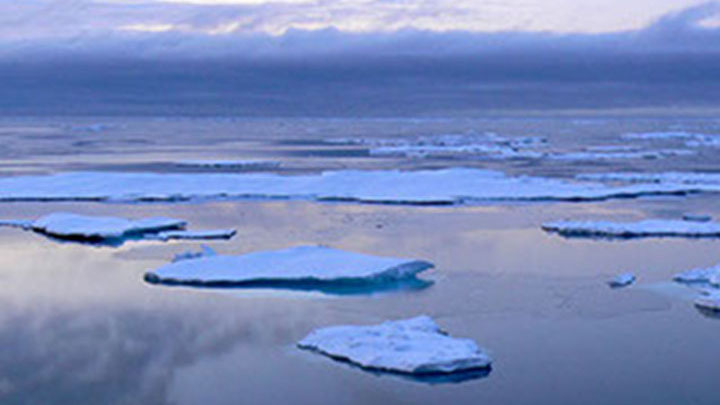
From the Hidden Ocean 2016: Chukchi Borderlands expedition. The Arctic Ocean is one of the most remote locations on Earth, as well as the region where the impact of climate change may be most strongly expressed. This essay reviews the status of ever-warming air and water temperatures in the Arctic; the loss of summer sea ice cover; and the thinning of sea ice in the region.
Read more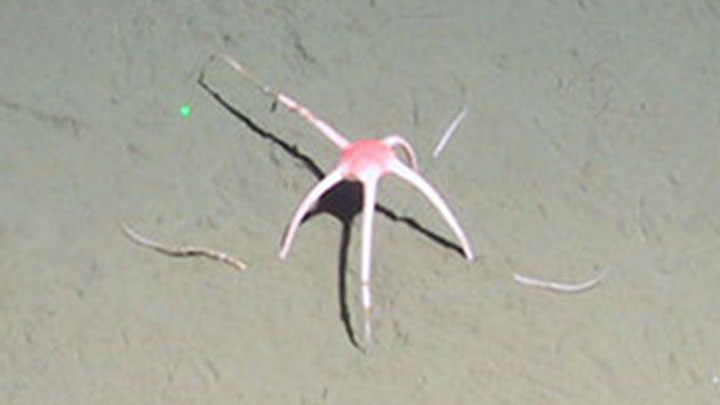
From the Hidden Ocean 2016: Chukchi Borderlands expedition. Contrary to what one might expect in an ice-covered ocean, the seafloor of the Arctic Ocean is actually teeming with life.
Read more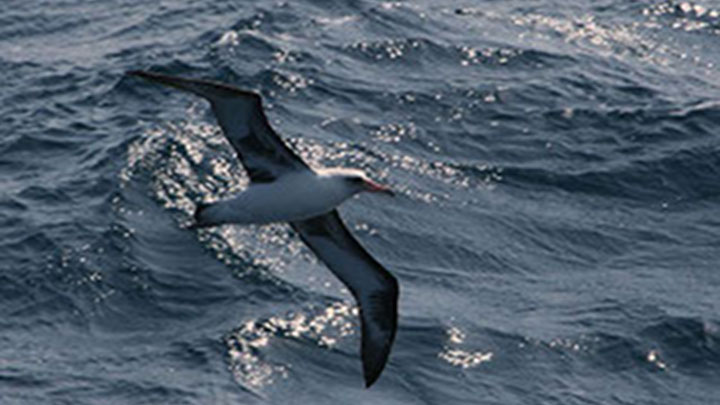
From the Hidden Ocean 2016: Chukchi Borderlands expedition. Seabirds link the land to the sea, with most species completely dependent on marine ecosystems for their food.
Read more
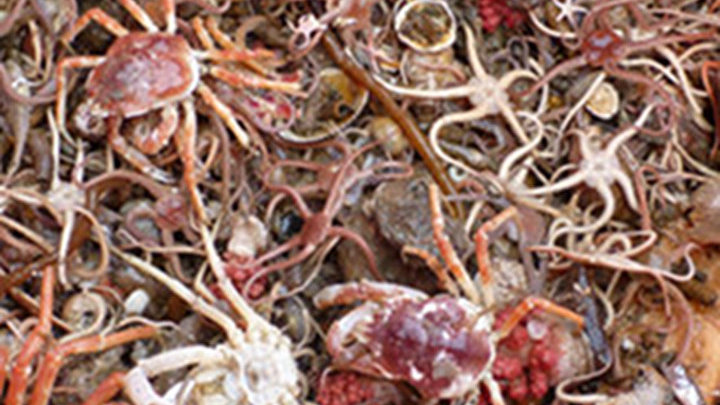
From the Russian-U.S. Arctic Census 2012 expedition. The need to assess the current status of marine biodiversity in the Arctic is increasing as naturally and human-induced climate alterations affect the biota inhabiting the Arctic Ocean. In turn, biodiversity changes can serve as indicators of environmental change.
Read more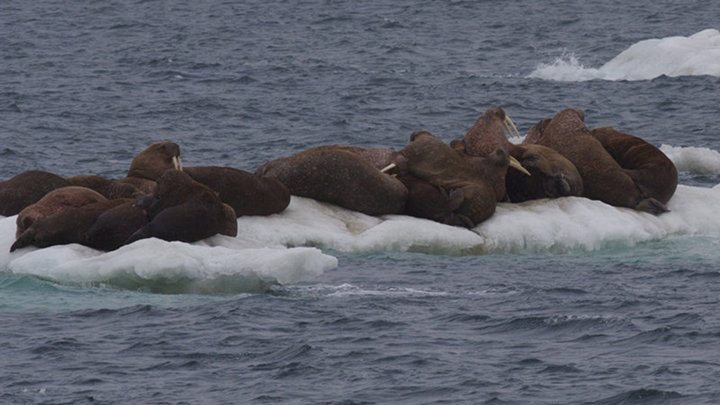
From the Russian-U.S. Arctic Census 2012 expedition. The Bering Strait is the only gateway from the Pacific to the Arctic. As such, it is an important migratory corridor for marine mammals that spend the winter in the Bering Sea but much of the rest of the year in the Arctic. One way to monitor changes in marine mammal behavior is to document the presence of different species in an area using visual surveys.
Read more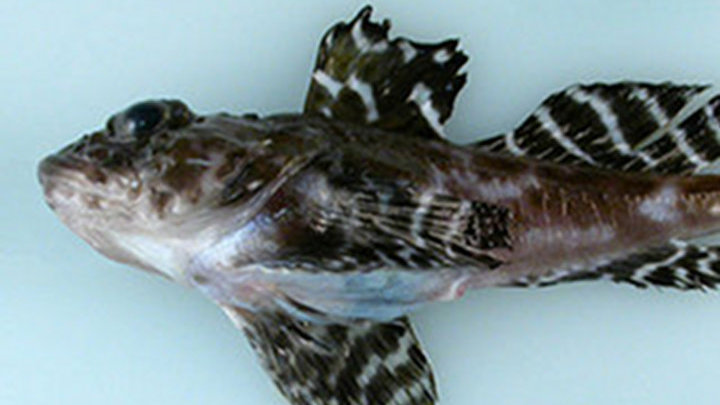
From the Russian-U.S. Arctic Census 2012 expedition. One goal of the 2012 Russian-American Long-term Census of the Arctic (RUSALCA) project was to generate and disseminate essential information on the poorly studied fish fauna of the Pacific-Arctic region.
Read more
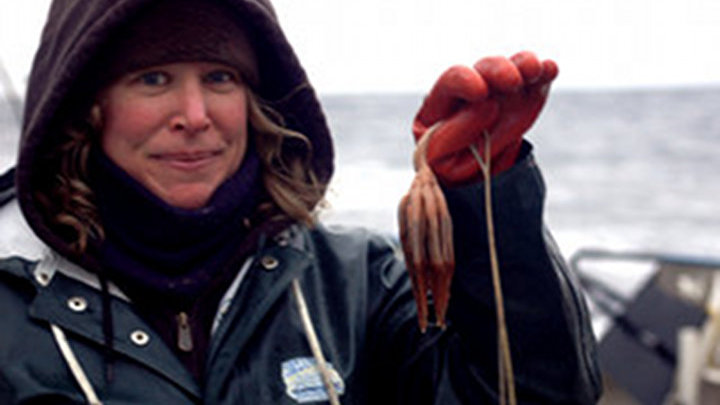
From the Russian-U.S. Arctic Census 2012 expedition. Due to the alarming trend in the reduction of Arctic sea ice cover, the Pacific Arctic is arguably the fastest changing region in the world’s ocean. Observations provide a major step toward obtaining the foundation of information necessary for detecting ongoing and future change in this delicate ecosystem.
Read moreThe above items are only a selection of the educational materials highlighting the Arctic on our website.
View More